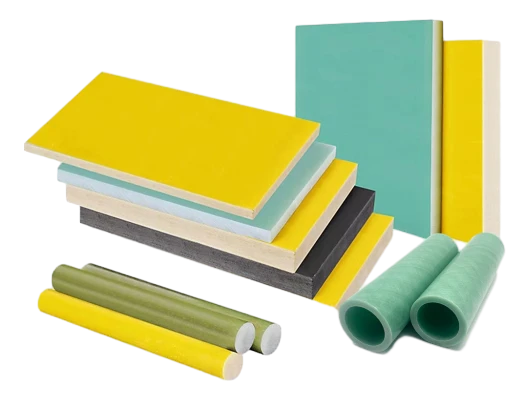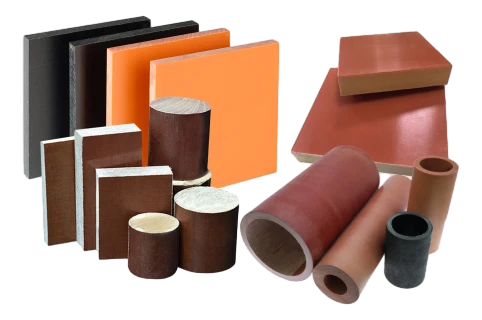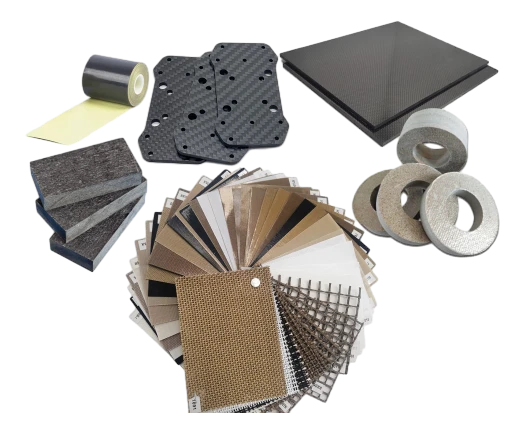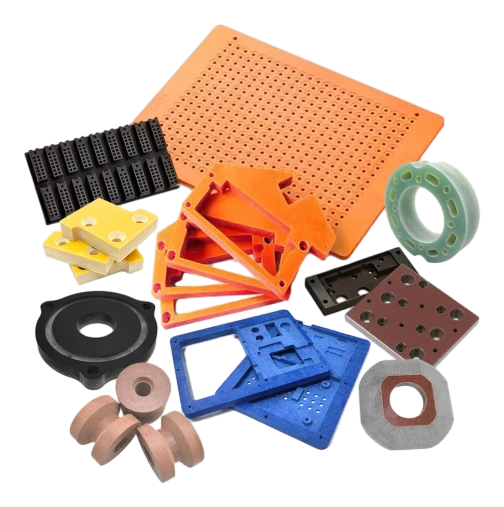Unlocking the Potential of Lightweight Materials in Various Applications
Time of issue: 2025-10-25
The Rise of Lightweight Materials
When it comes to innovation, Lightweight Materials or lightweight materials, are stealing the spotlight! These materials, which are lighter yet strong, are changing the game across multiple sectors. From aerospace to automotive, the applications are as diverse as they are exciting. But what makes these materials so special? Let's dive in!
Why Lightweight Materials?
So, why should we care about lightweight materials? Well, for starters, they offer enhanced fuel efficiency, which is a big deal in today's eco-conscious world. Just imagine a car that uses less gas because it's constructed from lighter components. Less weight means lower fuel consumption, and that's a win-win for both the environment and our wallets!
Aerospace Applications: Soaring High
In the aerospace industry, Lightweight Materials are nothing short of a revelation. Aircraft manufacturers are constantly on the lookout for ways to reduce weight without compromising safety. Carbon fiber, aluminum alloys, and titanium are just a few examples of lightweight materials that engineers are employing to make planes more efficient. Did you know that by reducing an aircraft's weight by just a few hundred pounds, airlines can save thousands of dollars on fuel costs annually? Talk about a smart investment!
Automotive Advancements: Driving Change
Let's shift gears and talk about the automotive sector. The introduction of lightweight materials is revolutionizing car design. Think about it: lighter vehicles not only consume less fuel, but they also handle better and are quicker to accelerate. With manufacturers like Tesla leading the charge, the trend is clear: lightweight materials are paving the way for electric vehicles that are both powerful and efficient. Plus, with the rise of 3D printing technology, creating complex shapes with these materials has never been easier!
Construction: Building Smarter
Now, let's not forget the construction industry. Lightweight materials are making waves here too! With the push for sustainable building practices, architects and builders are utilizing materials such as engineered wood and specialized plastics. These alternatives not only reduce the overall structural weight but also enhance energy efficiency. Imagine a building that uses less energy for heating and cooling, simply because it's made of smarter materials!
Sports Equipment: Performance Boost
In the world of sports, lightweight materials are helping athletes reach new heights. From bicycles to tennis rackets, the use of carbon fiber and other lightweight composites allows for better performance without sacrificing strength. Ever heard the phrase, "It's not the size of the dog in the fight, but the size of the fight in the dog"? Well, in sports, it's all about the right gear that helps unleash the full potential of the athlete!
Challenges and Future Prospects
While the benefits are clear, challenges remain. Cost, manufacturing processes, and recycling of Lightweight Materials can pose hurdles. However, as technology advances, we're likely to see these issues address themselves. Research into sustainable materials and innovative production methods is flourishing, pointing towards a future where lightweight materials are used even more broadly.
Conclusion: Embracing Change
In conclusion, the applications of lightweight materials are vast and ever-growing. Whether it's in the skies, on the roads, or in our homes, these materials are here to stay. They offer a blend of efficiency and sustainability that aligns perfectly with modern needs. So next time you see a sleek airplane or a sporty car, remember: it's not just about looks; it's about the smart materials that make it all possible!
More Information
 xyh@xiongyihua-plastic.com
xyh@xiongyihua-plastic.com













